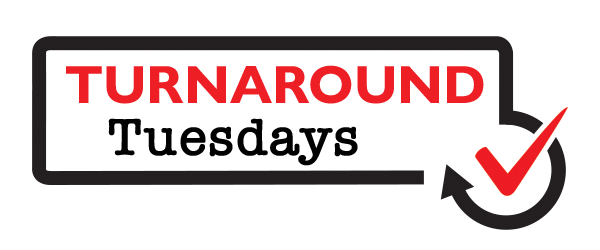Demographics:
Rockford Public Schools is one of the largest school districts in Illinois. More than 28,800 students attend the 44 schools in the district.
Biggest challenge:
There were many gaps in foundational reading across classrooms before we piloted our new reading program. It didn’t seem that we had a common methodology to teach foundational literacy. We were looking for a resource to fill this gap. We also were lacking in the area of personalized learning that supported foundational literacy skills. We were having trouble supporting students who needed extra help while providing enrichment for students who were already thriving.
Solution:
Every single student needs whole-group instruction that’s explicit, modeled, and demonstrated by teachers. Our literacy program supports best practice by encouraging teachers to implement the “I do, we do, you do,” approach to learning. After whole-group instruction, our teachers designate time for small-group learning. The expectation district-wide is for K–5 small-group lessons to happen every day. Teachers meet students where they are in their learning, using data to drive instruction. In Rockford, small group instruction includes skill-based groups, guided reading, or literature circles.
Related: 3 reasons why the reading gap is still alarmingly wide [1]
With the combination of small groups and the time we give students to read and write independently, they are able to work towards mastery of foundational skills. Students also have additional time to flesh out skills using tech tools that support instruction. We’ve implemented Reading Horizons Discovery [2], a phonics-based literacy curriculum that tailors lessons to each student’s ability level. We use a blended approach to learning to support explicit instruction, small-group instruction, and the use of technology.
One thing Reading Horizons Discovery provides is the expectation for students to write, spell, and decode nonsense words. Unlike sight words that students might memorize, nonsense words provide the opportunity to demonstrate that they have mastered literacy skills.
Our district builds teacher capacity by supporting implementation. Before the beginning of each school year, our new teachers attend a two-day professional development training for the program. For ongoing support, we have monthly web training provided by implementation coaches, and also offer teachers two in-person coaching sessions a year.
Lessons learned:
- Know your students, and believe they are capable of great things. Being reflective as educators, and being responsive to students in the classroom, is important in order for instructional strategies to be successful. One example of that success: We had a kindergarten classroom that saw 167-percent growth in reading scores from fall 2018 to this winter. The same classroom had some students score around 20 points higher than their projected growth scores.
- Rather than just saying, “Oh, today you’re going to go read a book,” it’s important to be strategic and explicit with students. We’re aiming to overcome the idea that learning can be intimidating for students. In order to make a positive impact, educators have to scaffold instruction by not only modeling instruction, but modeling a positive attitude when learning.
- The more comfortable our educators are with a new program of instruction, the more explicit and systematic it will look in the classroom, which will promote even more growth.
- In order to improve comprehension, our literacy expectations include reading and writing. It also includes writing about reading.
Related: Want to get struggling readers enthusiastic about reading? Here’s how [3]
Next steps:
We are currently expanding the use of a phonics-based approach to literacy. Our district will soon have four elementary buildings pilot the Reading Horizons Elevate [4] program as an intervention with 4th- and 5th-grade students. If the pilot goes well, the goal is to use the program as an intervention tool starting next school year. This will allow educators to pinpoint which students need help with foundational skills, and provide lessons to help them master skills.
Starting next year, our district will implement benchmark goals for each grade level K-3. The idea is to set end-of-the-year goals for students, while still collectively teaching to mastery. To ensure our students are working towards the goals, our educators are teaching all four parts of instruction (review, instruction, dictation, and transfer) every day, supporting small-group instruction, and analyzing data on a regular basis.
To support implementation and student growth, next year our district will have a certified implementation coach in each building. This requires a three-day intensive training, plus at least 30 hours of implementation in the classroom. We believe this will help both teachers and students master the skills they need to grow in learning.
Next week:
See how a district turned around its ability to support BYOD (Bring Your Own Device).
